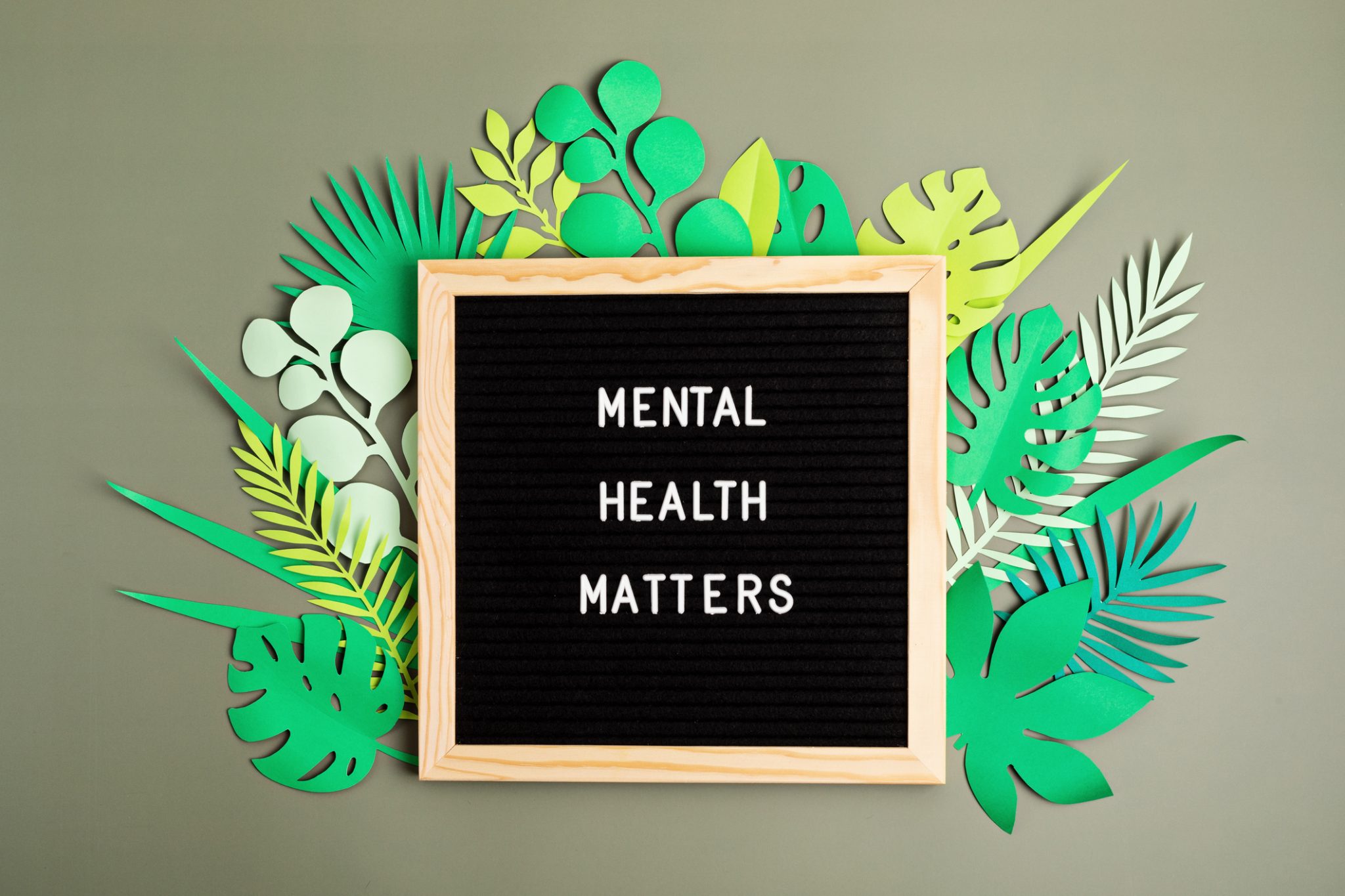By: Lakshmi Mahadevan, Ph.D.
September is Suicide Prevention Awareness Month. 45,979 people died by suicide in the United States in 2020. Alarmingly 12.2 million adults thought seriously about suicide, while 3.2 million adults made a plan and 1.2 million attempted to kill themselves (CDC, 2022). What is further known is that suicide rates are much higher among people with spinal cord injuries and multiple sclerosis than in the general population. Also at risk for higher rates of suicide are individuals with intellectual and learning disabilities. What can be done to prevent suicide among individuals with disabilities? As service providers, we can learn about and share resources that help clients identify and support people at risk. Connect with the OneOP website to access the following blogs that may be especially helpful:
Myths & Facts: Individuals with Disabilities & Mental Health Concerns
Often, help-seeking behaviors, crisis prevention, and the likelihood of recovery can be adversely impacted by myths regarding mental health needs of individuals with disabilities. This blog post helps examine and debunk some of these myths.
Caregiving for Individuals with Disabilities – Preventing Suicide
When working or serving as caregivers for individuals with disabilities, there remains a paucity of information related to managing mental health and, in particular, preventing suicide. This blog post highlights how parents, guardians, and caregivers can help improve protective factors for individuals with disabilities.
Building Resilience as an Employability Skill
For individuals with disabilities, the process of finding and keeping a job can be anxiety-provoking. In order to prevent frustration, stress, and potential suicidal thoughts and behaviors, it is important to help individuals with disabilities develop and build resilience along with other employability skills. Explore this blog post to learn how.
Back to School Tips for Parents & Caregivers of Children with Disabilities
Going back to school can be worrying for all concerned, but none more so than for children with disabilities and their caregivers. Find useful tips and strategies to ease back into the new school year and destress along the way.
Resources for You
- Are you looking for resources to improve your own mental well-being? Learn how to get to the next moment by improving your mental health through resilience in this blog post entitled Getting to the Next Moment: Improving Mental Health through Resilience.
- How do we know we need to refuel? Is it time to self-assess and shore up our internal resources accordingly? Learn ways to replenish in the archived webinar, Need to Refuel? Tools for Self-Care & Resilience.
- Understand how you can help start difficult conversations about preventing suicide. Read more in our blog post on Mental Health First Aid and the ALGEE framework.













